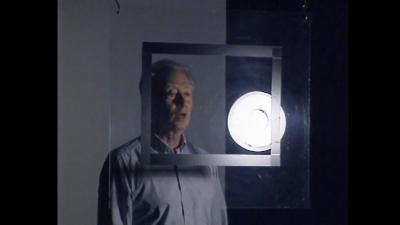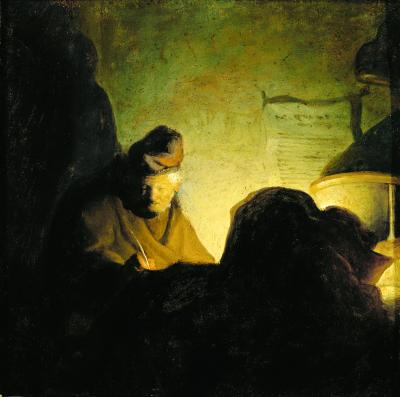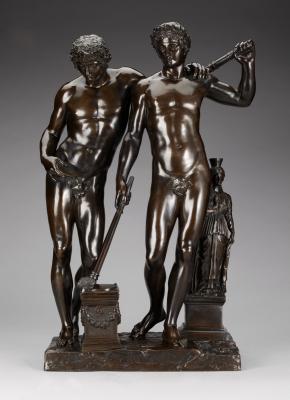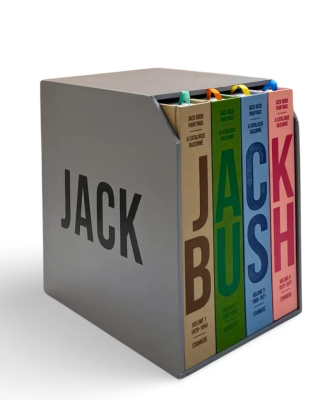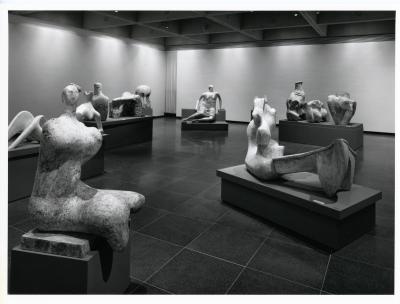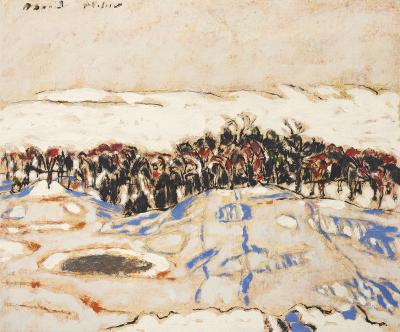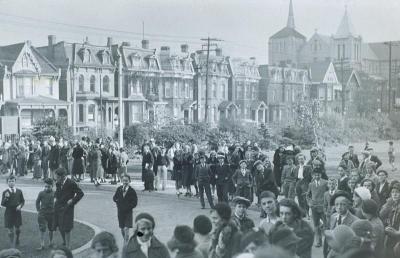Ask Aunt Easel: good Samaritans and criminals
Aunt Easel answers your most pressing questions with grace, humour and a little art history.

Barbara Astman, Carol Performing Lilac Tricks, 1974. Photograph on fabric mounted on satin border of lace and cloth flowers. Overall: 64.8 x 87.6 cm. Purchase, 1975. © Barbara Astman. 74/369
Our potted Aunt Easel, the Foyer’s intrepid advice columnist, returns with even more humourous and unhinged insights, all ripped straight from the art history books. Have a question? Seeking artistic comfort? Send your questions to Aunt Easel at [email protected]
Dear Aunt Easel,
How does one tell a good Samaritan to stop? A woman in my building has appointed herself Postman Pat, stalking delivery trucks, waylaying parcels before they land in mailboxes and knocking on doors with much insistence. She wants to be helpful, but in wake of free online shipping, it's exhausting. As it happens, I like the trip to the mailroom and have no fears of my parcels being pilfered. Help!
Signed,
Pain on delivery
Dear PoD,
Come rain, sleet, snow or strident selflessness! How tiresome. Because of a similarly willful Samaritan, I once had to visit a Renaissance Fair. I hope you know, however well intended, these actions are criminal – handling mail after it’s been delivered but before it arrives at the addressee is theft.
Do you remember how, in The Shipping News, Annie Proulx’s award-winning lament about weather, the hero found comfort in documenting the coming and going of ships? I wonder if your Postman Pat finds similar consolation in measuring the tide of parcels.
Seems Proulx was inspired to visit Newfoundland after receiving a copy of The Art of David Blackwood' by the writer William Gough and I recommend David Blackwood’s (b.1941) haunting etching Hauling Job Sturges House (1979) to you now. As a portrait of collective action and community amidst bleak mid-winter, it’s unparalleled. Wesleyville, the Newfoundland village Blackwood was born in, was named after famed Methodist John Wesley, he of the “Do all the good you can…” fame. In that spirit, I entreat you, to seize the moment, summon your neighbours together and take up the rope of change. Bring your self-important do-gooder to her senses by hauling her en masse from her current compulsion. Imagine the good she might do, pulling weeds in the parking lot.

David Blackwood, Hauling Job Sturges House, 1979. Etching and aquatint on wove paper. Image: 32.9 x 80.6 cm. Gift of David and Anita Blackwood, Port Hope, Ontario, 1999. © David Blackwood. 99/948
Dear Aunt Easel,
I’m a thief and a liar. I’ve stolen a recipe from my sister-in-law and passed it off as my own, to great acclaim and financial reward. She was terrible at making it and hasn’t even noticed my success. And yet, my conscience nags and I can’t stomach seeing her. Must I confess?
Signed,
White apron criminal
Dearest WAC,
How I love the taste of larceny, the umami of crime. Brightens the day, just like the kale I liberated from those planters on Main Street. But guilt is an ingredient of deception and must be swallowed.
What interests me here is how difficult you find it to separate the two crimes. I would argue that copying a recipe is very different than lying about it. Barbara Astman (b. 1950), the great Rochester-born, Toronto-based artist, knows a lot about reproducing objects – she was among the early pioneers of photocopier art in the 1960s and has since gone on to challenge how we see things. I love her 1977 series of imitation postcards, entitled Myra. In each, the titular figure is shown posed against a different European landmark, images of which were taken from books or brochures. These artworks are no less humorous or interesting for including copies.
In Carol Performing Lilac Tricks (1974) [image at top], Astman presents a photo of her own sister, lilacs dripping from her mouth, on a swath of purple satin, framed with black lace and cloth flowers. The lilacs that fill her sister's mouth are from the yard of their childhood home, and carry with them connotations both sweet and wistful. While the flowers that border the photo are fake, they are no replacement for the real thing, merely an enduring tribute.
My point? Forget about the recipe – It’s very likely that your copy was an improvement. But do fix things with your sister-in-law – lest the lie be all you see when you look at her.



